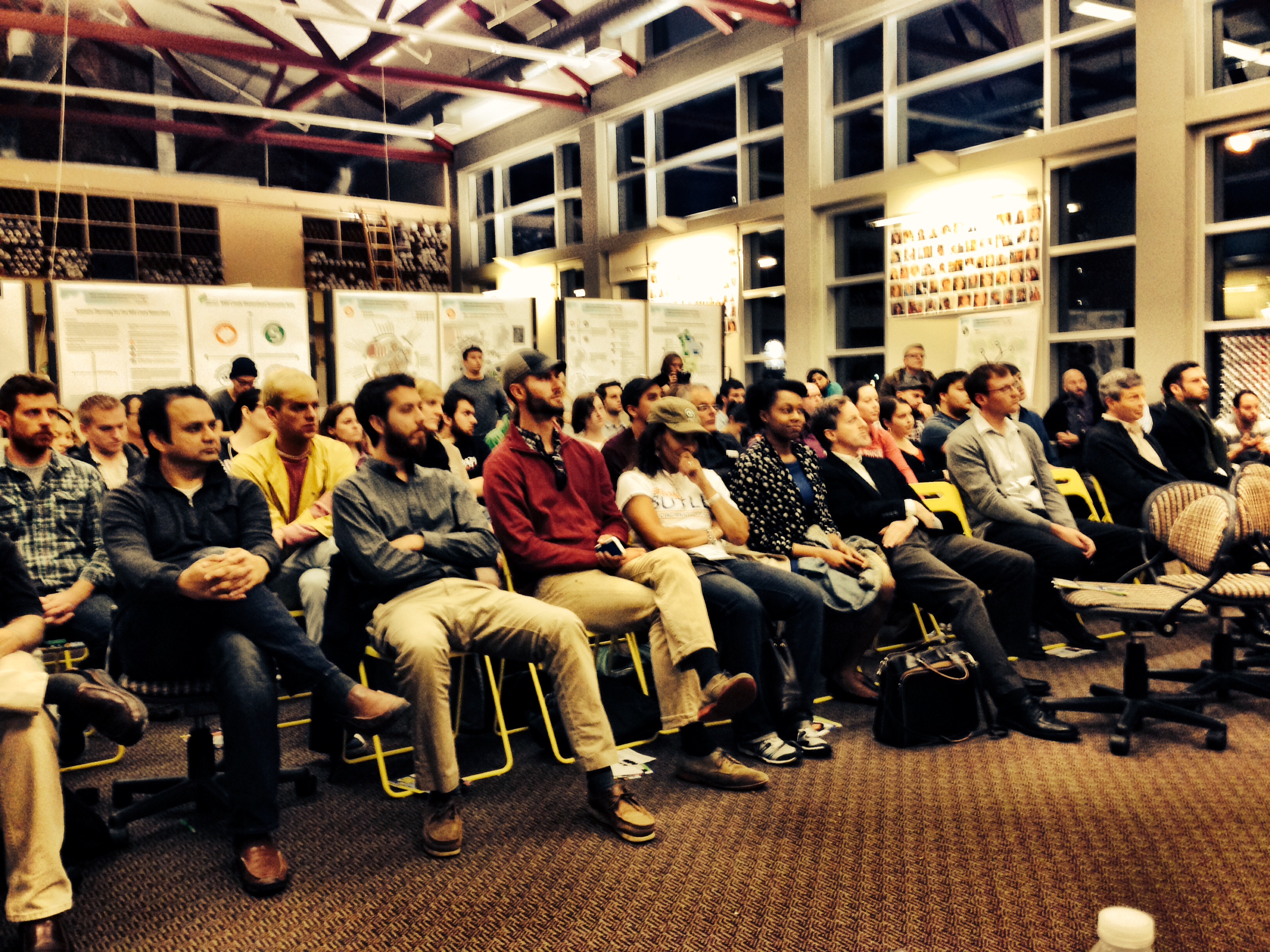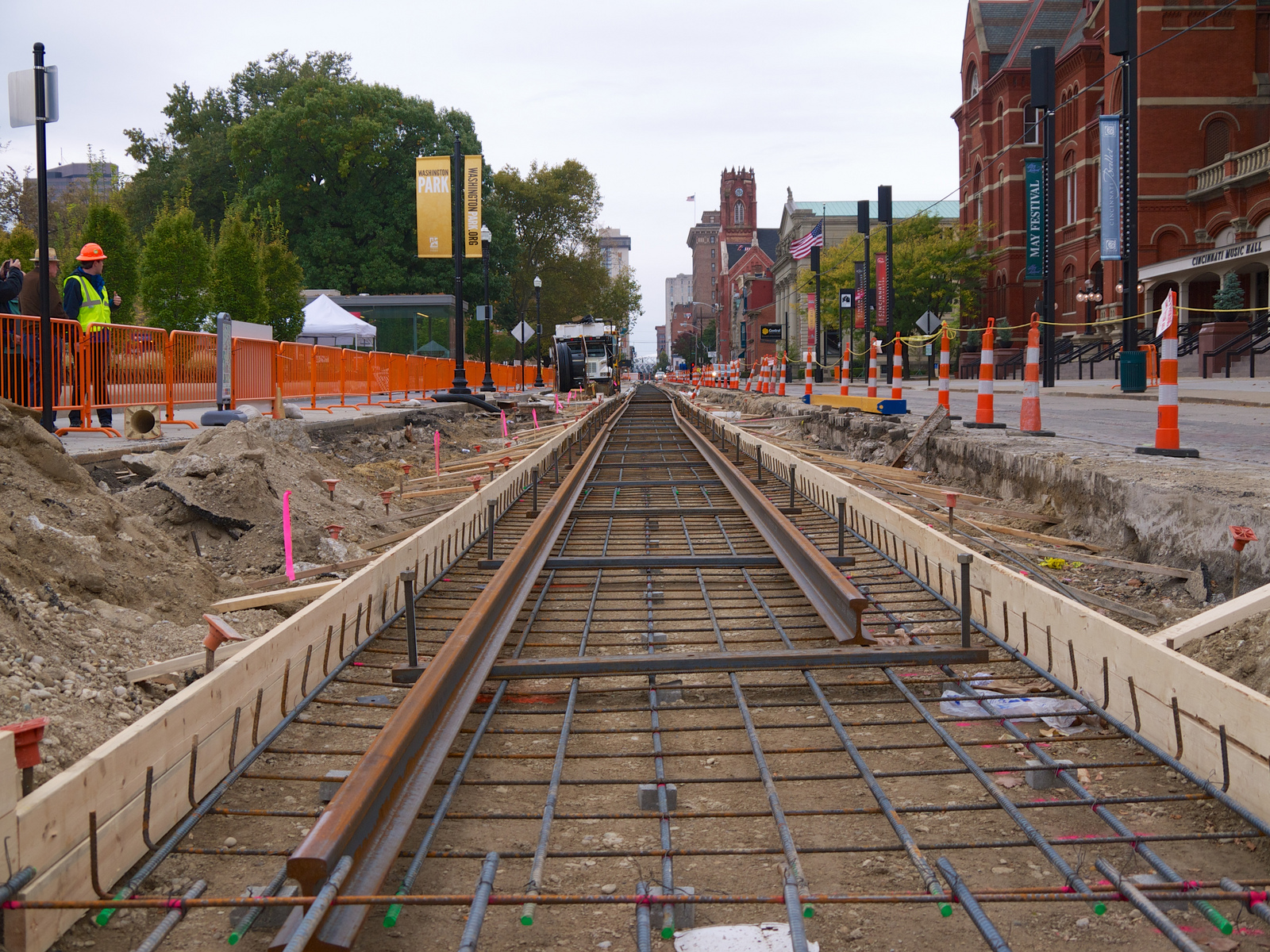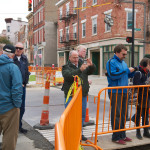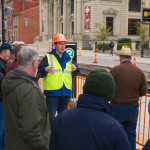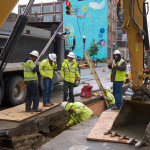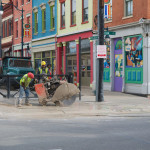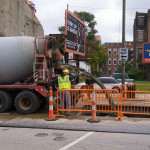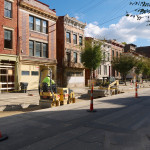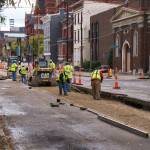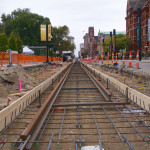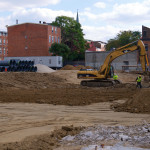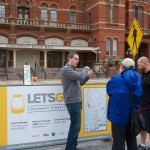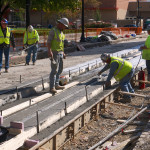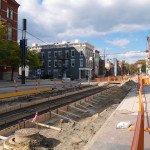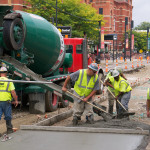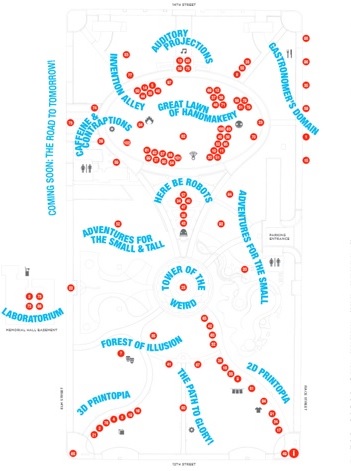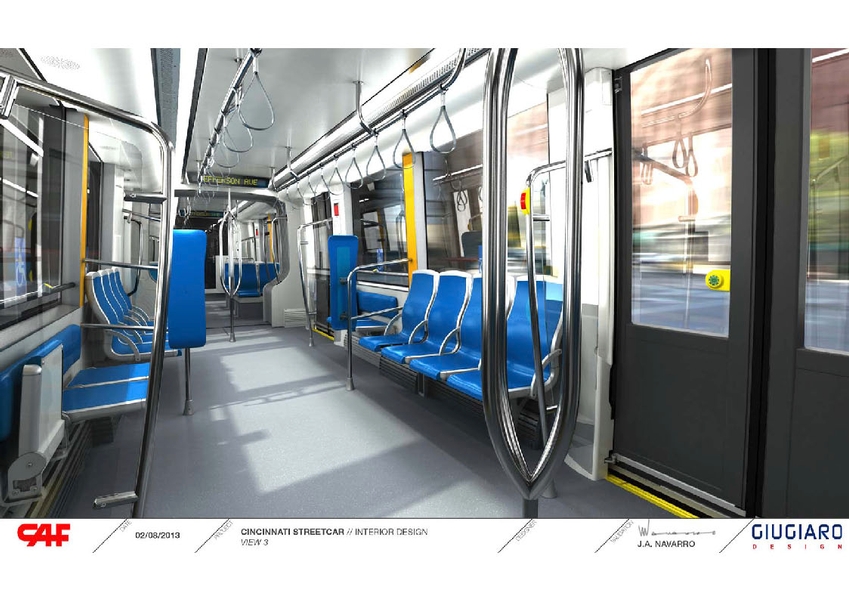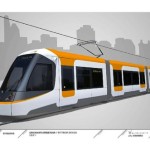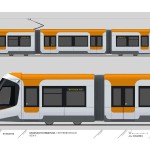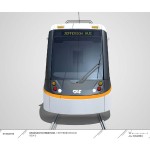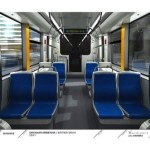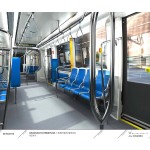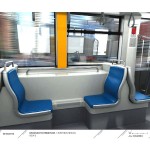Should Cincinnati revisit the idea of an aerial tram between Downtown and Mt. Adams?.
One of Cincinnati’s most unique and beautiful geographic features is its hills. They provide wooded hillsides, scenic overlooks and breathtaking cityscapes, but they also provide a headache for transportation engineers looking to connect the city’s neighborhoods with one another. While not a new idea, would it be worthwhile for Cincinnati to explore running an aerial tram from Downtown/OTR (near the casino) to the difficult to reach Mt. Adams? More from EarthTechling:
The aerial tram concept may just offer a workable solution for cities the size of Austin, which tend to face some real hurdles in developing any sort of mass transit system beyond that trusty urban stand by, the bus. That’s because any type of light rail or street car proposal often comes up against the major costs (and legalities) of acquiring land rights, which can be a maddenly slow process, and an expensive one. If a city tries to circumvent some of that red tape by building a subway system underground, construction workers may rejoice at the years of guaranteed work, but taxpayers often balk at the costs
An aerial tram, in contrast, has far less of a physical footprint, requiring only space for riders to hop on and hop off. Take a ride on Portland’s aerial tram on a weekend, and it will become clear that they also tend to become tourist attractions — not only because of their relative novelty in American cities, but because of the great views they offer.
